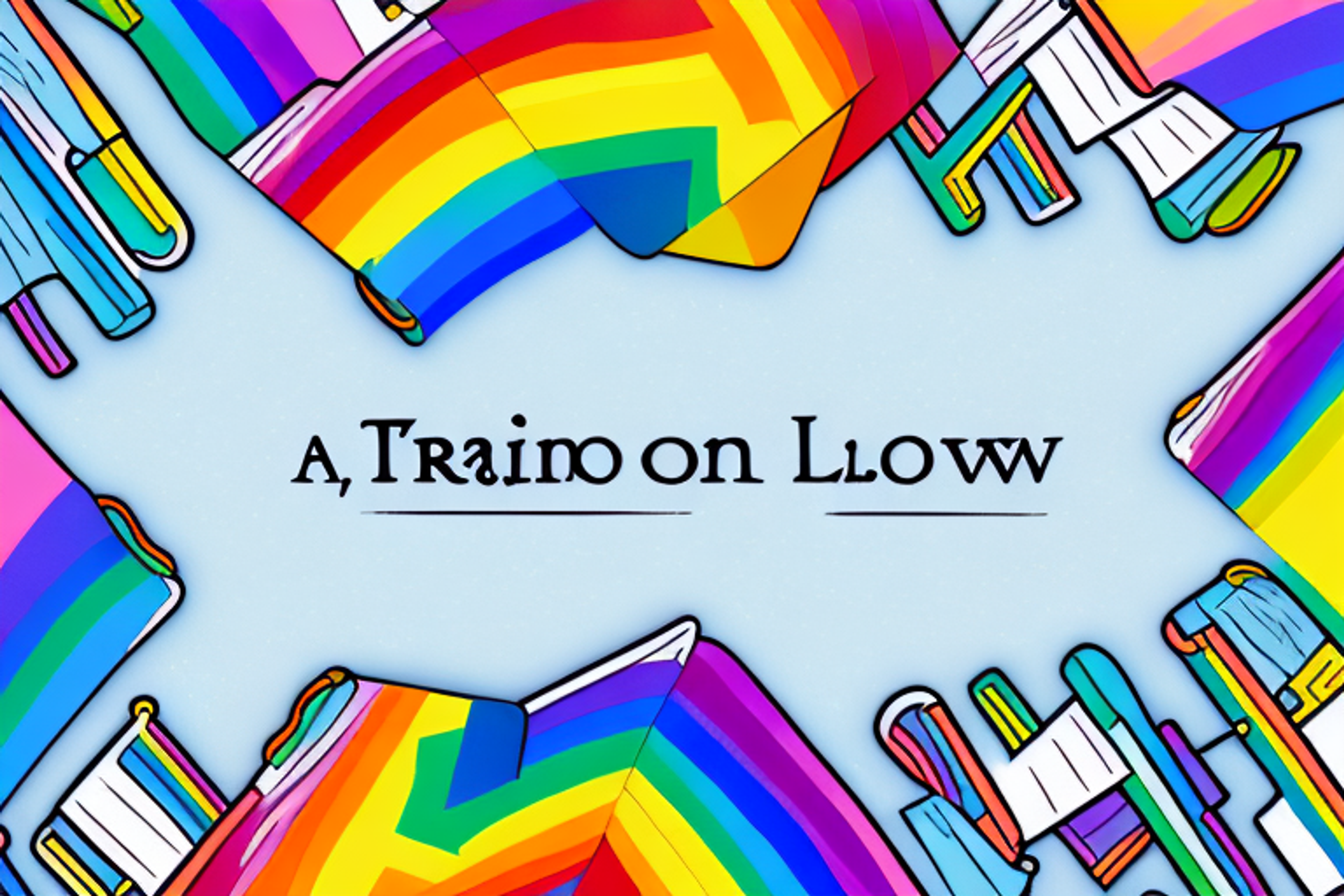The Role of Diversity Statements in Law School Applications: Examples and Tips
Discover the importance of diversity statements in law school applications with our comprehensive guide.
Posted June 13, 2025

Table of Contents
In recent years, law schools across the country have placed an increased emphasis on building diverse student bodies. As a result, many law school applications now require a diversity statement in addition to more traditional elements such as transcripts, personal statements, and letters of recommendation. But what exactly are diversity statements, why do they matter, and how do you write an effective one? In this article, we’ll explore the role of diversity statements in law school applications and provide you with tips and examples to help you craft a compelling statement that sets you apart from other applicants.
Why Diversity Statements Matter in Law School Applications
Firstly, it’s important to understand why diversity statements have become such an integral part of the law school admissions process. While grades, test scores, and extracurricular activities provide a sense of a candidate’s academic and personal strengths, diversity statements expand upon the experiences and perspectives that have shaped a candidate's worldview. This can help admissions officers get a fuller picture of an applicant’s potential contributions to the law school community.
Furthermore, diversity statements also serve as a way for law schools to demonstrate their commitment to creating a diverse and inclusive learning environment. By actively seeking out and admitting students from a variety of backgrounds, law schools can foster a community that values different perspectives and experiences. This can lead to more meaningful discussions and a richer educational experience for all students.
Understanding What Law Schools Look for in Diversity Statements
So, what exactly are law schools looking for in a diversity statement? Admissions officers are interested in hearing about your unique experiences and how they’ve shaped your perspective on the world. This means that you should avoid making generalizations about your background or identity and instead focus on specific anecdotes or examples that showcase your character and values. Use your diversity statement to help create a sense of who you are as a person and what you have to offer the law school community.
Additionally, it's important to keep in mind that diversity encompasses more than just race and ethnicity. Law schools are also interested in hearing about your experiences with different cultures, religions, socioeconomic backgrounds, sexual orientations, and abilities. Don't be afraid to share how these experiences have influenced your worldview and how you can contribute to a diverse and inclusive law school environment.
How to Write a Compelling Diversity Statement: Tips and Tricks
Writing a compelling diversity statement involves a combination of introspection and storytelling. Our tips and tricks will help you start strong:
- Be specific: Avoid making broad statements, and instead focus on specific examples that illustrate your personal story.
- Show, don’t tell: Don’t simply tell the admissions committee that you are a diverse candidate; use descriptive language to show them what sets you apart.
- Stay true to yourself: Be honest and authentic when sharing your experiences and perspective.
- Aim for concise, clear writing: Use clear and concise language that highlights your unique perspective; avoid using jargon, technical terms, or flowery language.
When writing your diversity statement, it's important to consider the audience you are writing for. Admissions committees are looking for candidates who will bring a unique perspective to their program, so make sure to highlight what makes you stand out.
Additionally, don't be afraid to address any challenges or obstacles you have faced related to diversity. Sharing how you have overcome adversity can demonstrate resilience and strength, and can make your statement even more compelling.
Crafting a Unique Narrative for Your Diversity Statement
One of your main goals when writing a diversity statement is to create a unique narrative that sets you apart from other applicants. To achieve this, try to answer the following questions:
- What experiences have I had that have shaped my perspective on the world?
- What challenges have I faced, and how have they helped me grow?
- What makes me unique, and how does this contribute to my ability to succeed in law school?
It is important to remember that your diversity statement should not only focus on your personal experiences, but also on how those experiences have influenced your desire to contribute to a diverse and inclusive community. You can also consider discussing any initiatives or projects you have been involved in that promote diversity and inclusion, or any future goals you have in this area. By highlighting your commitment to diversity and inclusion, you can demonstrate to law schools that you are not only a unique candidate, but also a valuable addition to their community.
Examples of Effective Diversity Statements for Law School Applications
Reading examples of effective diversity statements can be a great way to see what works and what doesn’t. Here are some excerpts from successful statements:
"As a first-generation college student from a low-income household, I have had to overcome numerous obstacles in my pursuit of higher education. These challenges have not only strengthened my resilience and determination but have also instilled in me a deep appreciation for the value of education."
"Growing up in a multicultural household has given me a unique perspective on the world. My bilingualism has allowed me to connect with people from diverse cultural backgrounds, and has inspired me to seek a career in public service."
"In addition to my personal experiences with diversity, I have also actively sought out opportunities to engage with and learn from individuals from different backgrounds. Through volunteering at a local community center and participating in a study abroad program, I have gained a deeper understanding and appreciation for the importance of diversity and inclusion in all aspects of society."
Common Mistakes to Avoid in Writing Your Diversity Statement
While there is no one-size-fits-all approach to writing a diversity statement, there are some common mistakes that applicants make that you can avoid. Here are a few:
- Don’t rely solely on your demographics: While race, ethnic background, and cultural heritage are important parts of diversity, they do not guarantee that your statement will be compelling on their own. Don’t simply rehash what is listed on your application.
- Don’t write a sob story: It’s important to show resilience and perseverance when discussing challenges you’ve faced, but be careful not to come across as a victim. Focus on how you’ve overcome your challenges and what you’ve learned from them.
- Avoid clichés: Phrases like “I’ve always been interested in law because I want to help people” are overused and unoriginal. Instead, focus on specific experiences and show, don’t tell.
One mistake to avoid is making your diversity statement too general. It’s important to be specific about your experiences and how they have shaped your perspective on diversity. This will make your statement more unique and memorable to the reader.
Another mistake to avoid is using overly academic language. While it’s important to demonstrate your writing skills, using complex language can make your statement difficult to understand. Instead, aim for clear and concise language that effectively communicates your ideas.
How to Highlight Your Unique Experiences and Background
One of the most important aspects of writing a diversity statement is putting your unique perspective and experiences front and center. When discussing your background or identity, focus on specific anecdotes and experiences that have shaped your perspective, rather than generalizations.
It is also important to consider the intersectionality of your identity and experiences. For example, if you are a person of color who is also a member of the LGBTQ+ community, you may have unique experiences and perspectives that are shaped by both aspects of your identity. Be sure to highlight these intersections and how they have influenced your worldview.
Additionally, don't be afraid to discuss any challenges or obstacles you have faced as a result of your identity. Sharing how you have overcome adversity can demonstrate resilience and strength, and can also help others who may be facing similar challenges feel seen and heard.
The Importance of Authenticity in Your Diversity Statement
Perhaps the most important aspect of writing a diversity statement is being authentic and honest. Don’t try to present yourself as someone you’re not in an attempt to fit a certain mold. Admissions officers are looking for candidates who are true to themselves and values.
Being authentic in your diversity statement not only helps you stand out as a candidate, but it also allows you to showcase your unique experiences and perspectives. Your diversity statement should reflect your personal journey and how it has shaped your understanding of diversity and inclusion. Remember, there is no one-size-fits-all approach to writing a diversity statement, so don't be afraid to share your own story and voice.
Addressing Potential Challenges or Obstacles in Your Diversity Statement
When discussing challenges or obstacles you’ve faced, it’s important to focus on how you’ve overcome them and what you’ve learned, rather than simply describing the challenges themselves. This can be a powerful way to illustrate resilience, perseverance, and determination.
Using Language Effectively in Your Diversity Statement
Effective use of language is key to writing a strong diversity statement. Here are some tips:
- Use descriptive language that evokes emotion and helps the admissions committee get to know you better.
- Avoid clichés and generic language; instead, use words and phrases that are specific to you and your experiences.
- Consider varying sentence length and structure to create a sense of rhythm and flow.
- Proofread your statement carefully to avoid grammar or spelling errors.
Tips for Tailoring Your Diversity Statement to Different Law Schools
While your core diversity statement may remain the same, you may want to tailor it to specific law schools or programs. Consider researching the mission statement or values of each program and incorporating those themes into your statement.
How to Use Your Diversity Statement to Stand Out Among Other Applicants
Writing a strong diversity statement can help you stand out among other law school applicants. Use your statement to demonstrate what makes you unique, showcase your character and values, and highlight how you will contribute to the law school community.
The Impact of a Strong Diversity Statement on Law School Admissions
A strong diversity statement can have a significant impact on law school admissions. Admissions officers want to build diverse student bodies, and a thoughtful and well-crafted diversity statement can help make you a stand-out candidate.
What Admissions Officers Really Want to See in a Diversity Statement
At the end of the day, what admissions officers really want to see in a diversity statement is authenticity and uniqueness. They want to get to know you better and understand what sets you apart from other candidates.
By following these tips and crafting a compelling diversity statement, you can increase your chances of standing out among other law school applicants and ultimately securing a spot in your dream program.














